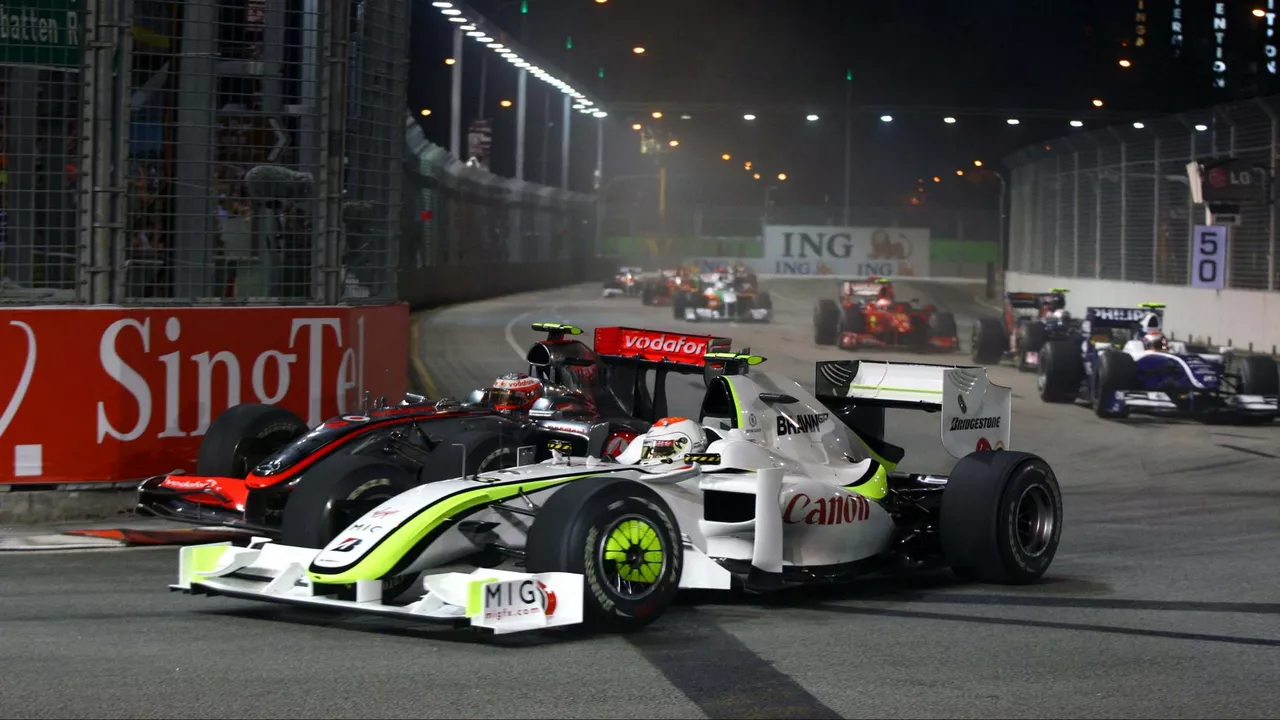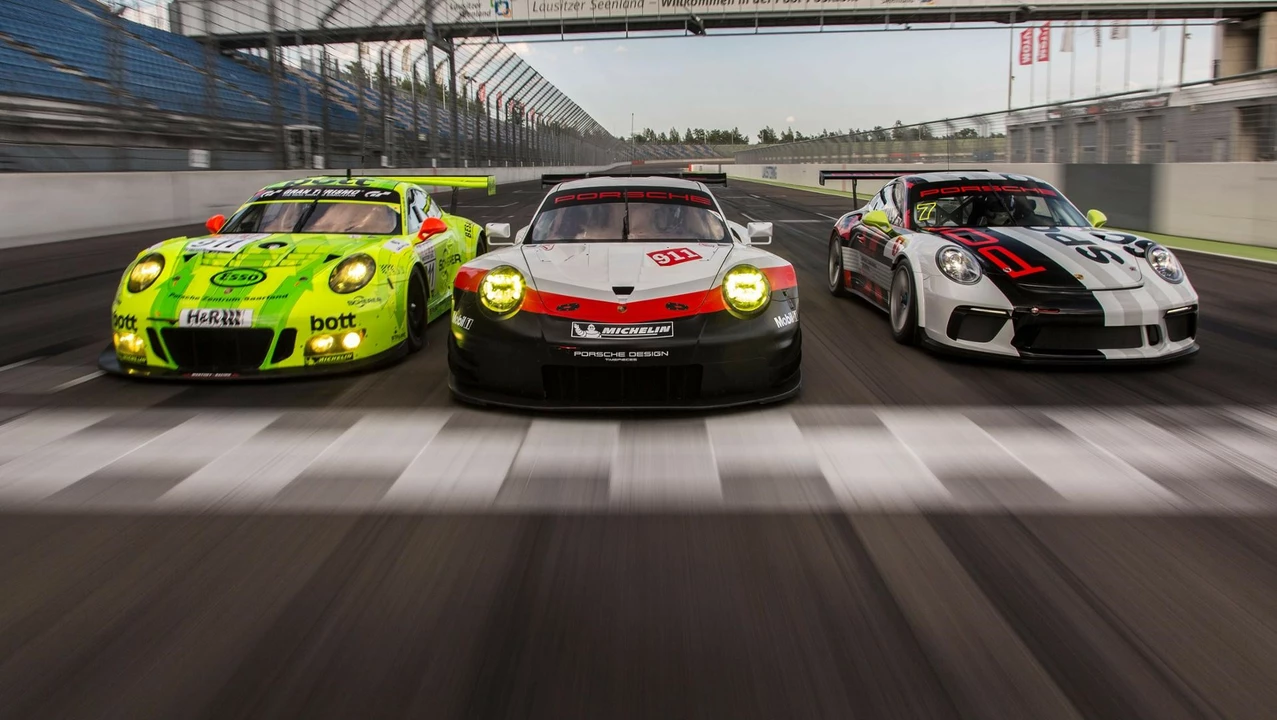May 2023 Motorsports Archive: IndyCar vs F1 and Racing Licenses
Welcome to the May 2023 archive. We’ve got two hot topics that fans keep asking about: why IndyCar isn’t following Formula 1’s playbook and whether you need a special license to hit the track. Both posts give straight‑forward answers, so let’s break them down.
Why IndyCar Doesn’t Copy Formula 1
First up, the IndyCar vs F1 debate. IndyCar has a loyal fan base, but it doesn’t have the same global reach as F1. One key reason is the focus on home‑grown talent. While F1 scouts drivers from all over the world, IndyCar often promotes American racers, which limits its appeal abroad.
Marketing plays a huge role, too. F1 stages races in luxury destinations and partners with high‑end brands, turning each Grand Prix into a lifestyle event. IndyCar, on the other hand, sticks to classic ovals and street circuits that resonate more with local crowds.
That’s not to say IndyCar can’t learn a thing or two. Borrowing some of F1’s global promotion tactics—like streaming races worldwide and attracting international sponsors—could boost its profile. But keeping its unique identity, such as the mix of ovals and road courses, is what makes IndyCar special.
Do I Need a License to Race?
Now, let’s talk about racing licenses. Most people think you need a fancy license to get behind a race car, but the reality is simpler. For amateur events, a regular driver’s licence is usually enough. Organizers expect you to have a clean driving record and sometimes a basic medical check.
Professional or sanctioned series are a different story. They require a racing licence issued by a governing body like the FIA or SCCA. To earn that, you typically complete a driver school, pass a written test, and demonstrate on‑track competence.
Before you sign up for a race, check the event’s rules. Some club races have their own licensing tiers, while others accept a national licence. Getting the right paperwork in order saves you from last‑minute headaches.
Bottom line: If you’re just trying out a weekend track day, your regular licence should do. If you aim for higher‑level competition, start looking into a formal racing licence early.
That wraps up the May 2023 archive highlights. Whether you’re curious about IndyCar’s growth strategy or figuring out the paperwork for your next race, we’ve got the basics covered. Stay tuned for more insights and keep the racing spirit alive!

Why doesn't IndyCar imitate Formula 1 more to be as popular?
As an avid racing fan, I've often wondered why IndyCar doesn't follow Formula 1's footsteps to gain more popularity. While both racing series boast impressive speed and technology, it's clear that Formula 1 has a more extensive global reach. One reason could be that IndyCar focuses on developing local talent, whereas Formula 1 showcases international drivers, attracting a broader audience. Additionally, the marketing strategies and race locations of Formula 1 are more geared towards luxury and exclusivity, drawing in more viewers. In conclusion, IndyCar could consider adopting some of Formula 1's tactics to increase its popularity, but must also maintain its unique identity to differentiate itself in the world of motorsports.

Do I need a license to race cars?
As a car racing enthusiast, I've often wondered if I need a license to race cars. After doing some research, I discovered that it depends on the type of racing and the organization hosting the event. For most amateur races, no special license is needed, just a valid driver's license. However, for professional or sanctioned races, a specific racing license is required, which can be obtained through various racing organizations. It's essential to check the requirements for each event you're interested in participating in to ensure you have the proper credentials.